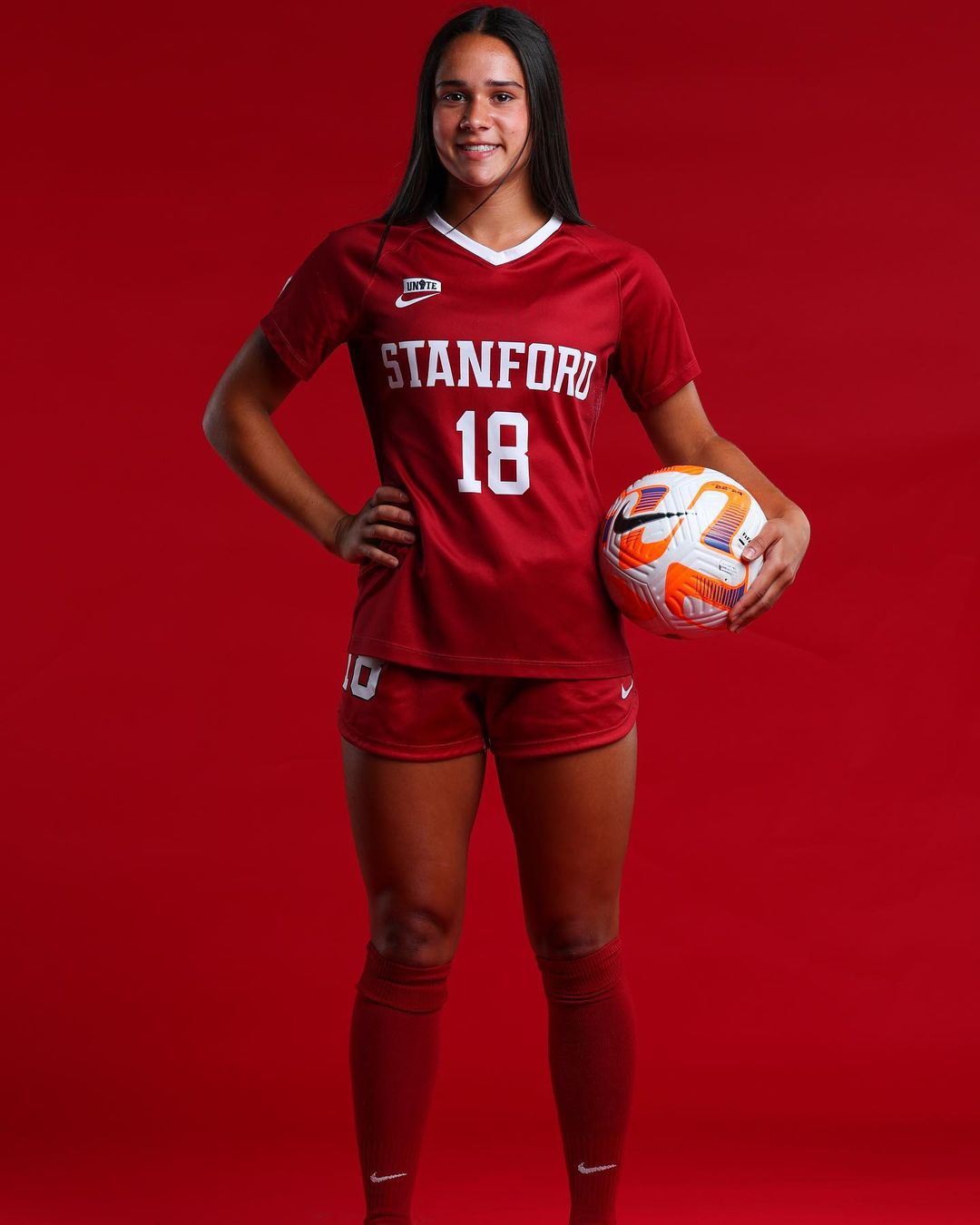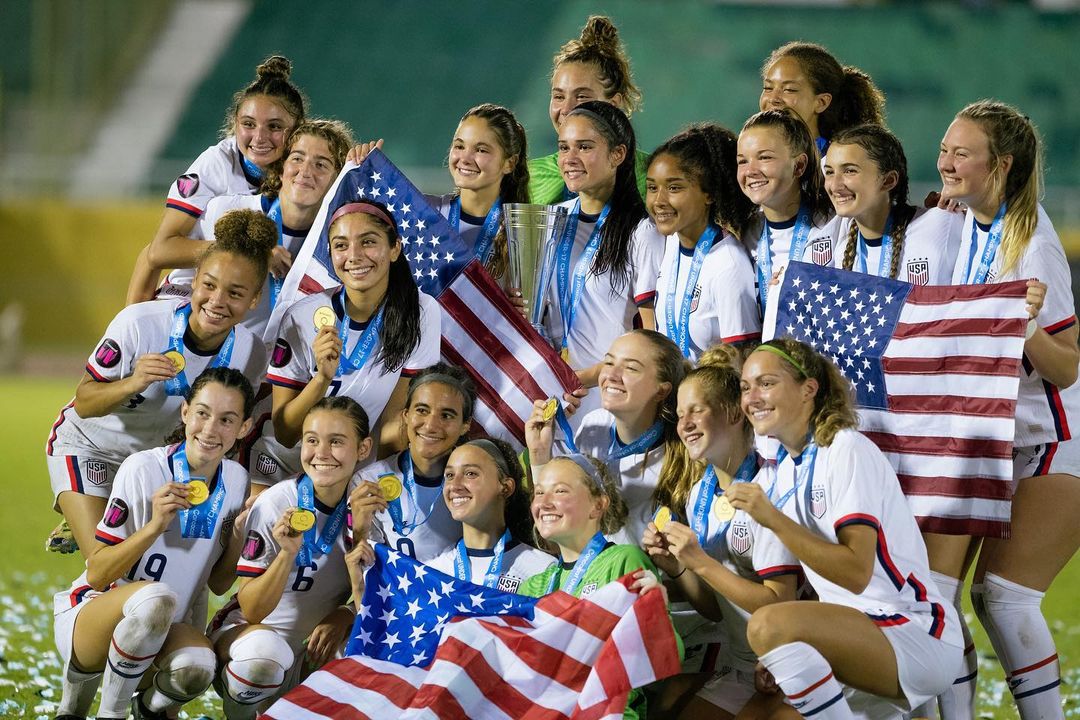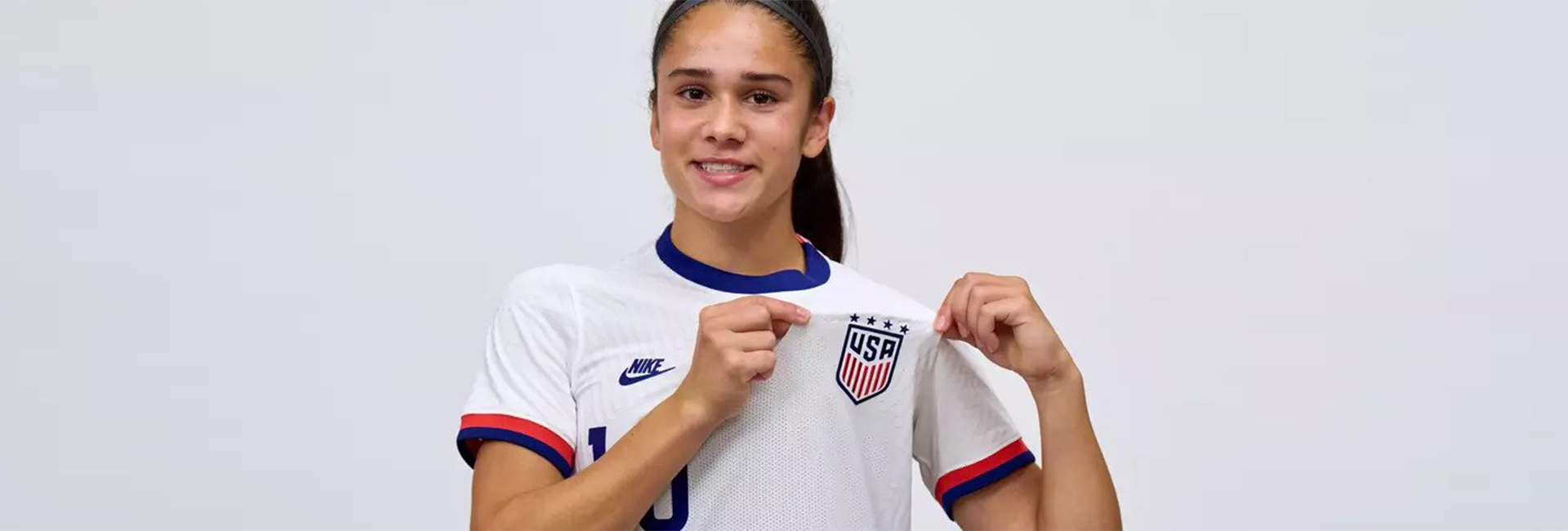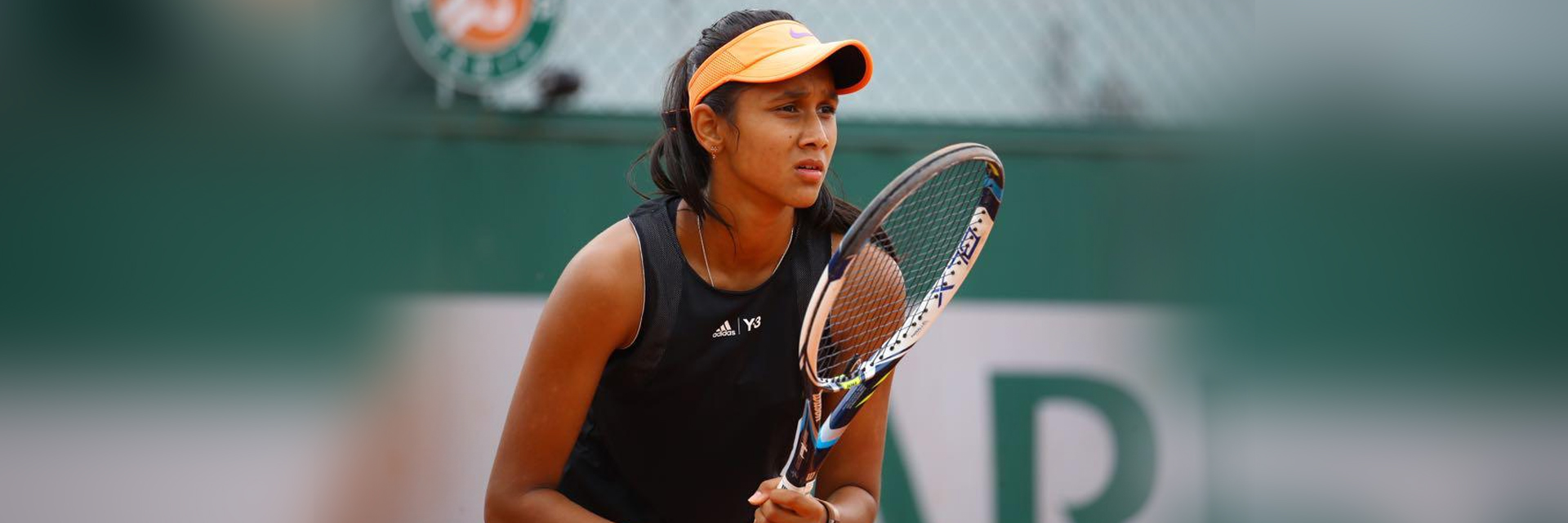(December 16, 2022) As the FIFA fever reaches its peak, let us introduce you to a young footballer who has carved a niche for herself in the sports world at a very young age. Pittsburgh-based Mia Bhuta, recently scripted history by becoming the first Indian-American footballer to represent the USA in a FIFA World Cup game at any level. “I am an Indian girl living her dream and the girls here need to believe in themselves 100 percent. like I do. I want to do everything possible to inspire them to follow their dreams,” says the 16-year-old footballer, who dedicated her first international goal to her grandfather, who is, according to Mia, “her biggest supporter.”

Mia Bhuta first Indian-American footballer to represent the USA in a FIFA event
The footballer, who is also the current co-captain of the USA team, is one of the most experienced players on the team and has been playing the sport since she was quite young. Inspired by the Argentinian footballer, Lionel Messi, the youngster is currently pursuing a science course at the prestigious Stanford University, and hasn’t made up her mind if she wants to become a professional footballer going forward.


Mia and her team after winning the cup
Mia’s father, who was born in Mumbai and grew up in Rajkot, Gujarat, was a passionate tennis player, who moved to the USA at an early age to explore more opportunities. Speaking about her father, the young footballer said, “My father grew up in Gujarat, and moved to the USA as he was a keen tennis player and wanted to get better coaching. He was 16 years old at the time.” Interestingly, Mia found herself in her ancestral country soon after turning 16, to play in the World Cup held in Odisha. “For me to be here in India at 16 following my dream to be at a World Cup – it is special to me,” the Global Indian said.
Making it big in the soccer world
She was merely five when during an FC Barcelona match, she heard her father cheering for the GOAT, Messi. Completely mesmerised by the football legend, Mia started following him too and would try to copy his moves with her ball in the house’s backyard. When her father noticed Mia’s enthusiasm for the sport, he enrolled her in a local academy, where the youngster learned the nuances of the game. “Messi was the first soccer player that I looked up to. I was passionate about the game, but my parents are one of the main reasons why I’ve been able to make it here. They’ve sacrificed so much for me to be here, and honestly, if it wasn’t for them, I know I would not be here. My parents have done so much just to help with my development,” she said during a press interaction.


Interestingly, the young footballer made her FIFA debut against India’s U-17 team as the two sides are in Group A of the World Cup. However, India, the host nation, never stood a chance as the U.S. poured on goal after goal in an 8-0 rout. The midfielder scored the eighth and final goal in the 62nd minute, making her the first Indian-American to also score for the nation at any World Cup. “Playing for the World Cup is any player’s dream, and I am so excited that I was also able to score in my first match itself. The feeling was incredible, and the crowd was amazing. That goal was extra special to me. My grandfather couldn’t be here tonight because he just had a bypass surgery, and he’s recovering in the hospital,” the champion said after winning the match.
Speaking about her opponent, the Indian team, she said, “India has so much potential. There’s so much talent here. The world needs to invest in it more. They need to believe in young girls and give them opportunities to succeed. And I think they can go far. I hope to be an inspiration for the Indian team and all the young girls here. I hope that when they come to see us play, they can recognise the potential for their own story. I want them to dream big and know that if they work hard and have a real passion, they can achieve anything in their lives regardless of what society may say.”
Still connected to her roots, Mia also shared that her life journey has been heavily inspired by her ancestral connections. “I think that the Indian culture has had a real influence on me and my life. When I heard the stories of my father and other Indians who wanted to achieve more in life, the values of hard work, commitment to education and sport as well as the entrepreneurial spirit came out again and again. My Indian heritage taught me to have these values deep inside me and I think that this is the reason why I was such a dreamer, and I believe that regardless of where I’m from or what the circumstances are, I can achieve anything,” the footballer said.
- Follow Mia Bhuta on Instagram



